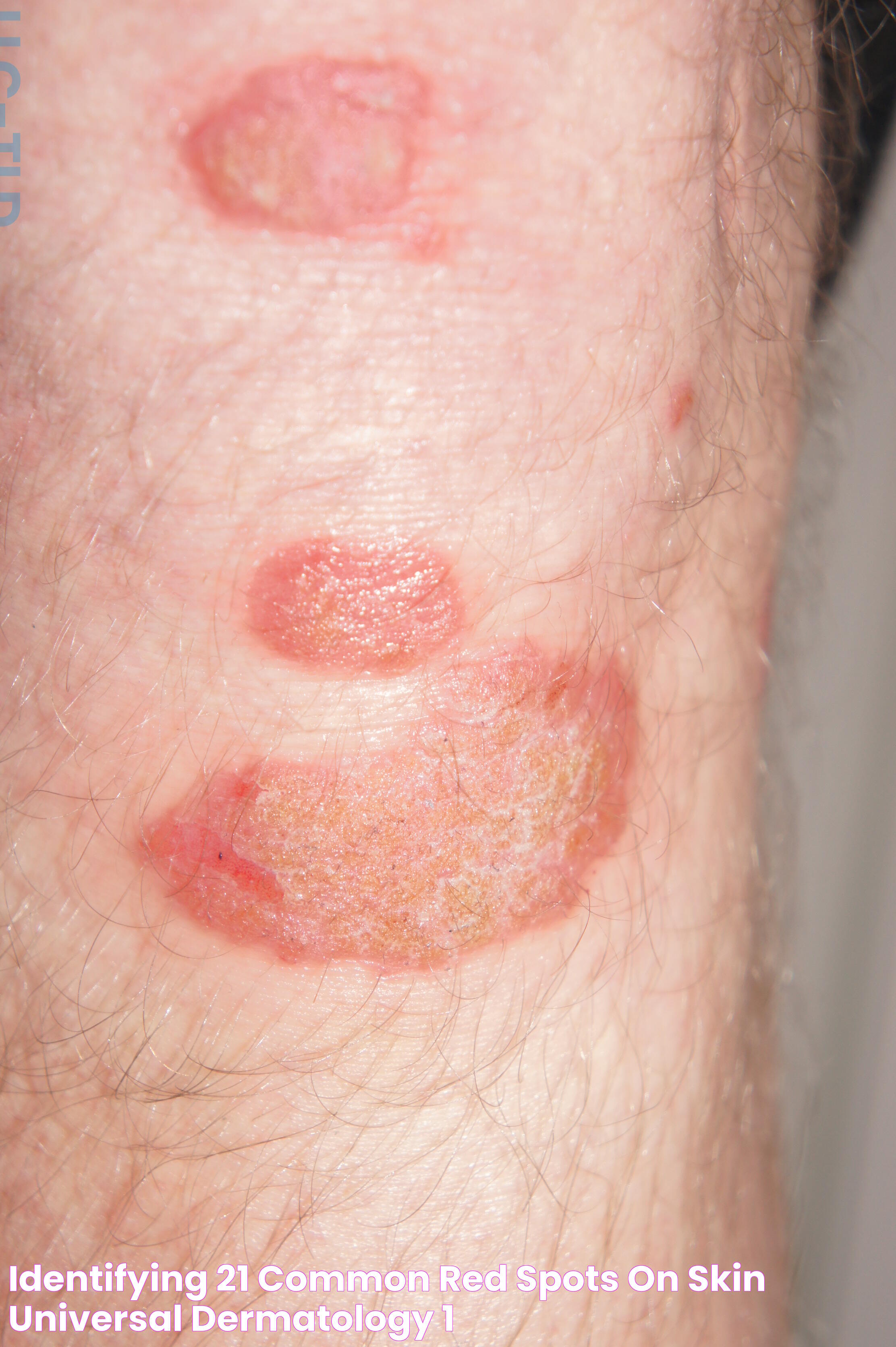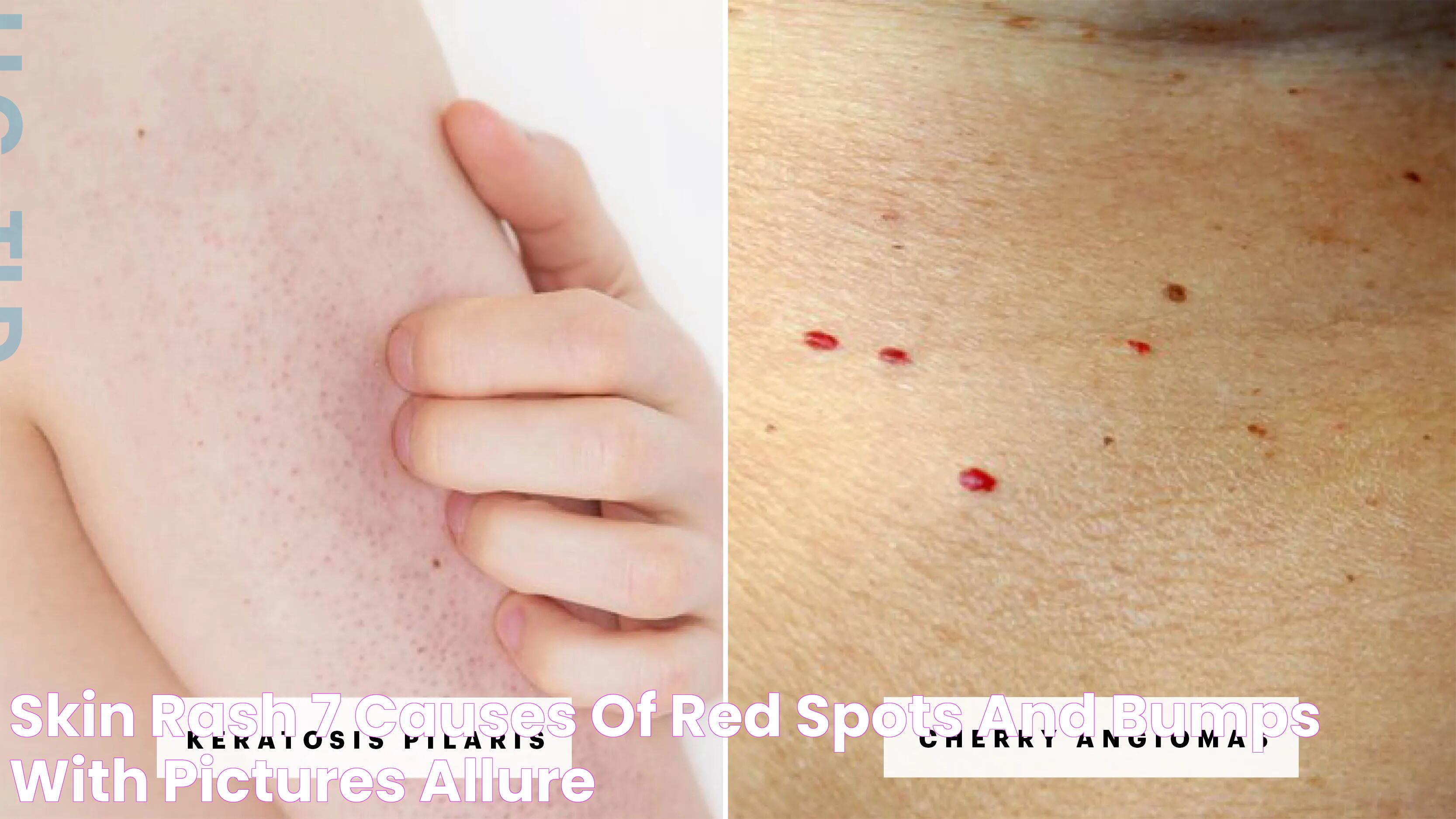Red spots on the skin can cause concern for many individuals, primarily because they can indicate various underlying conditions. These spots may appear suddenly or develop over time, and they can vary in size, shape, and intensity. Understanding the causes and identifying the precise nature of these red spots is crucial for determining the appropriate treatment or management strategy. By exploring pictures of red spots on skin, individuals can gain insights into potential causes and seek timely medical advice if necessary.
In the realm of dermatology, red spots are a common complaint, and they can signify anything from a harmless rash to a more severe health issue. This article delves into the world of dermatological conditions, illustrated through pictures of red spots on skin, offering a comprehensive guide to understanding these skin anomalies. Through detailed descriptions and visual aids, readers will be better equipped to identify different types of red spots and their possible implications.
For anyone experiencing red spots on their skin, this resource serves as a valuable tool in demystifying the potential causes and encouraging proactive skin health management. With the help of expert insights and carefully curated images, individuals can approach their skin concerns with greater confidence and clarity. Whether you're seeking to educate yourself or address a specific skin condition, this guide provides a thorough exploration of pictures of red spots on skin.
Read also:Indulge In Luxury Home Scents Elevate Your Living Space
Table of Contents
- What Are Red Spots on Skin?
- Common Causes of Red Spots
- How to Identify Red Spots?
- Pictures of Red Spots on Skin
- When to See a Doctor?
- Treatment Options for Red Spots
- Self-Care Tips for Skin Health
- Are Red Spots Contagious?
- Red Spots in Children
- FAQ
- Conclusion
What Are Red Spots on Skin?
Red spots on the skin are a type of discoloration that can result from a wide variety of causes. They are often harmless but can sometimes indicate a more serious condition. Typically, these spots are associated with inflammation, irritation, or changes in blood vessels beneath the skin. Recognizing the type and cause of the red spots is essential for determining the necessary care.
Common Causes of Red Spots
Red spots on the skin can occur due to numerous factors. Some common causes include:
- Allergic reactions: Certain foods, medications, or environmental factors can trigger red spots.
- Infections: Viral or bacterial infections like measles or scarlet fever can cause red spots.
- Autoimmune disorders: Conditions like lupus or psoriasis affect the skin, causing red spots.
- Heat rash: Excessive sweating can result in blocked pores, leading to red spots.
- Insect bites: Bites from mosquitoes or other insects often leave red spots on the skin.
How to Identify Red Spots?
Identifying red spots involves observing various characteristics such as size, shape, and distribution. Some questions to consider include:
- Are the spots raised or flat?
- Do they itch or cause pain?
- Where are they located on the body?
- Have they changed in appearance over time?
Consulting a dermatologist for a precise diagnosis is recommended, especially if the spots persist or worsen.
Pictures of Red Spots on Skin
Visual aids can significantly enhance the understanding of red spots. By examining pictures of red spots on skin, individuals can better recognize patterns and characteristics associated with different conditions. These images serve as a reference point to determine whether professional medical advice is necessary.
When to See a Doctor?
While many red spots are harmless and resolve on their own, certain situations warrant a visit to a healthcare professional. Seek medical attention if:
Read also:Sunken Under Eyes Causes Remedies And Prevention Tips
- The red spots are accompanied by fever or other systemic symptoms.
- The spots are painful or rapidly spreading.
- There's no improvement with over-the-counter treatments.
- The spots persist for more than two weeks.
Treatment Options for Red Spots
Treatment for red spots on the skin depends on the underlying cause. Common approaches include:
- Topical creams: Corticosteroids or antihistamines can reduce inflammation and itching.
- Antibiotics: Prescribed for bacterial infections.
- Antivirals: Used for viral infections causing red spots.
- Moisturizers: Help soothe dry and irritated skin.
Self-Care Tips for Skin Health
Maintaining healthy skin can prevent some types of red spots. Consider these self-care tips:
- Keep skin hydrated by drinking plenty of water and using moisturizers.
- Protect skin from excessive sun exposure by wearing sunscreen.
- Avoid known allergens that could trigger skin reactions.
- Practice good hygiene to prevent infections.
Are Red Spots Contagious?
Whether red spots are contagious depends on their cause. For example, red spots due to infectious diseases like chickenpox are contagious, while those caused by non-infectious conditions like eczema are not.
Red Spots in Children
Children commonly experience red spots due to conditions like chickenpox, measles, or allergic reactions. It's crucial for parents to monitor these symptoms and consult a pediatrician for appropriate management.
FAQ
- Can stress cause red spots on the skin? Yes, stress can trigger or worsen skin conditions like hives or eczema, leading to red spots.
- Do red spots always require treatment? Not always. Many red spots are benign and resolve without treatment. However, persistent or concerning spots should be evaluated by a doctor.
- Can dietary changes help with red spots? In some cases, avoiding trigger foods can prevent allergic reactions that cause red spots.
- Are there natural remedies for red spots? Aloe vera, oatmeal baths, and chamomile compresses may help soothe irritated skin.
- How can I prevent red spots from forming? Maintaining good skin hygiene, managing stress, and avoiding allergens can help prevent red spots.
- Are red spots a sign of cancer? While uncommon, some red spots can be indicative of skin cancer. It's important to have any suspicious spots evaluated by a healthcare professional.
Conclusion
Red spots on the skin can be a common yet perplexing issue. By understanding the various causes and identifying characteristics through pictures of red spots on skin, individuals can take informed steps toward managing their skin health. Whether the solution involves simple self-care measures or professional medical intervention, knowledge and awareness are the first steps in addressing skin concerns effectively.

